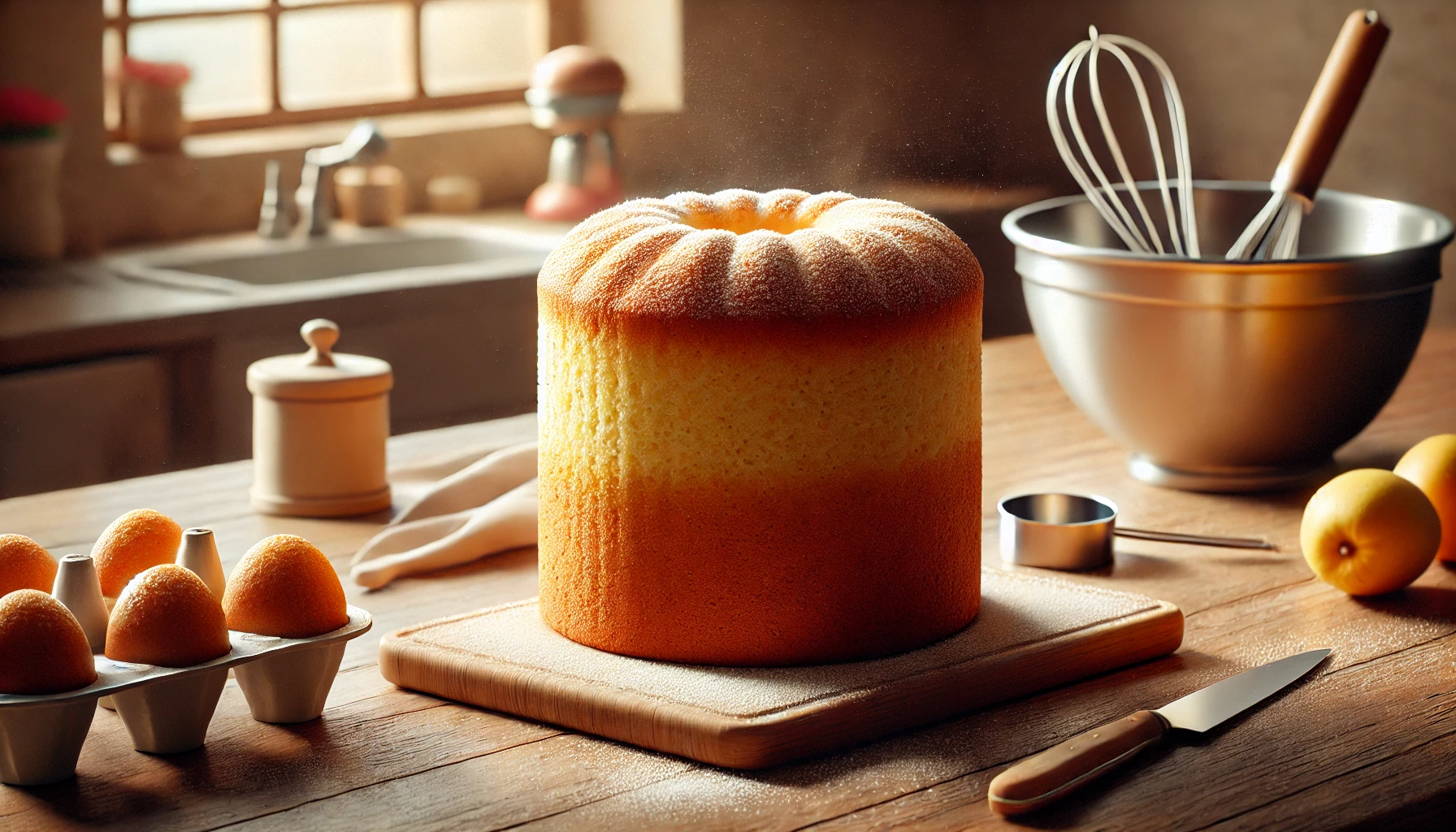Baking a fluffy cake is every home baker’s dream. Whether you’re preparing a birthday cake, a Sunday treat, or simply exploring the world of baking, there’s nothing like cutting into a cake that’s light, airy, and perfectly risen. But achieving that bakery-style fluffiness at home can be challenging — especially if you’ve ever ended up with a dense, dry, or sunken cake.
In this article, we’ll walk you through the key secrets (that most people don’t talk about) to baking the fluffiest cake possible, even if you’re just getting started.
Understand the Science Behind Fluffiness
Fluffiness in a cake depends on air incorporation and proper structure formation. That means you need to trap air inside the batter and hold it there during baking. This is done with the right combination of ingredients, temperature, mixing technique, and baking time.
Choose the Right Flour
Not all flour is the same. For a fluffy cake, opt for:
- Cake flour: It has less protein than all-purpose flour, resulting in a tender, soft crumb.
- Sifted flour: Sifting adds air and removes lumps, helping to keep your batter light.
If you only have all-purpose flour, you can mimic cake flour by removing 2 tablespoons from each cup and replacing it with cornstarch. Sift thoroughly.
Use Room Temperature Ingredients
Cold ingredients don’t mix well and can disrupt the batter’s texture. For best results:
- Eggs, milk, butter, and even flour should be at room temperature.
- Softened butter (not melted) blends more evenly with sugar and creates a better structure.
Cream Butter and Sugar Properly
This step isn’t just for mixing — it’s how you incorporate air into the batter.
- Beat the butter and sugar on medium-high speed for at least 3 to 5 minutes.
- The mixture should become pale, fluffy, and increase in volume.
This is one of the most overlooked steps. Under-creaming will give you a flat, heavy cake.
Don’t Overmix the Batter
After adding the flour, it’s crucial not to overmix.
- Mix just until the ingredients are combined.
- Overmixing develops too much gluten, making the cake dense and chewy.
Use a spatula and gentle folding motions if needed, especially when adding dry ingredients.
Separate and Whip the Egg Whites (Optional Trick)
For ultra fluffiness, try this method:
- Separate the eggs.
- Whip the egg whites until stiff peaks form.
- Gently fold the whipped whites into the batter at the end.
This technique gives the cake an airy texture and makes it rise better in the oven.
Don’t Skip Baking Powder or Baking Soda
Leavening agents are what make your cake rise. Use:
- Baking powder for most sponge-style cakes.
- Baking soda when using acidic ingredients like buttermilk or lemon juice.
Be sure your leavening agents are fresh — expired baking powder or soda won’t do the job.
Preheat the Oven and Avoid Opening the Door
Temperature is everything.
- Preheat your oven for at least 15 minutes.
- Use an oven thermometer to ensure it’s accurate.
- Avoid opening the door in the first 20-25 minutes. This prevents temperature drops and collapse.
Pro tip: If you bake often, invest in an oven thermometer. Many ovens are inaccurate by 10–20°C (50°F).
Use the Right Pan and Don’t Overfill
Choose a light-colored, non-stick pan for even baking.
- Fill the pan no more than 2/3 full.
- Tap the filled pan gently on the counter to remove large air bubbles.
Bake Immediately After Mixing
Letting the batter sit causes the air to escape and weakens the structure. Pour into the pan and place in the oven right away.
Test for Doneness Correctly
Use the toothpick test: insert in the center — it should come out clean or with a few crumbs.
Also:
- The cake should spring back when lightly pressed in the center.
- Edges should start pulling away from the pan slightly.
Cool Properly
After baking, let the cake cool in the pan for 10–15 minutes, then transfer it to a wire rack.
Cooling on a flat surface like a plate can cause moisture buildup and make the bottom soggy.
Bonus Tips for Next-Level Cakes
- Add sour cream or yogurt for extra moisture.
- Use buttermilk instead of regular milk for a tender crumb.
- A splash of vanilla extract or almond essence elevates flavor.
- Weigh ingredients for better accuracy — especially flour and sugar.
Final Thought: Practice, Patience, and Passion
Even if your first few cakes aren’t bakery-perfect, keep trying. Every cake you bake teaches you something new. Once you master the secrets above, you’ll consistently get those fluffy, delicious results that make people ask for seconds.
Happy baking! 🍰
